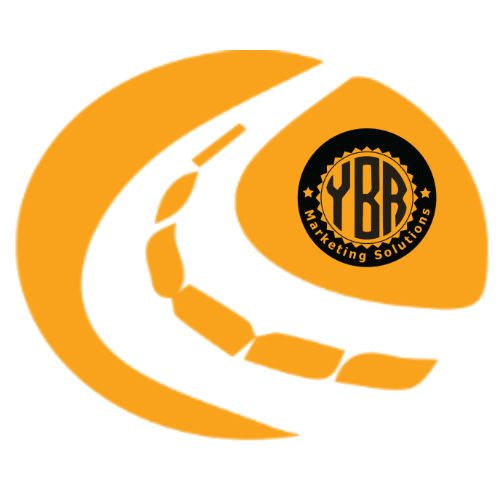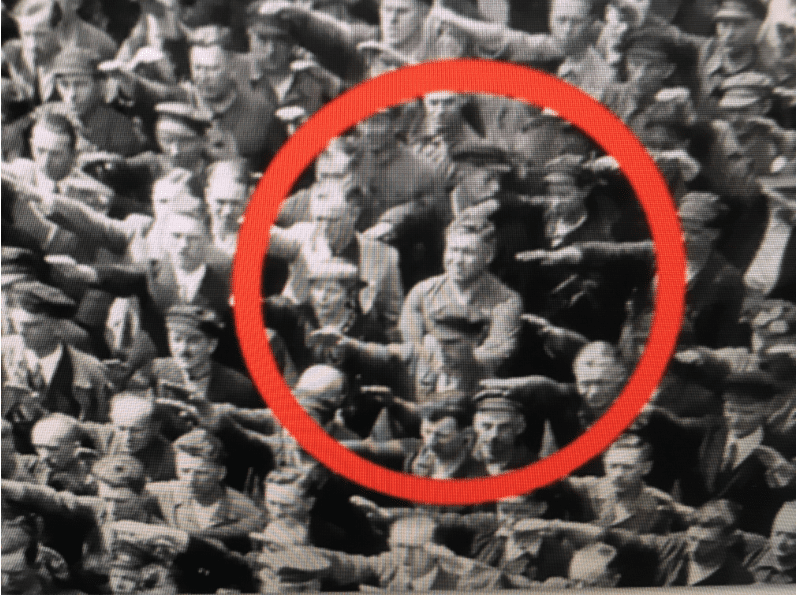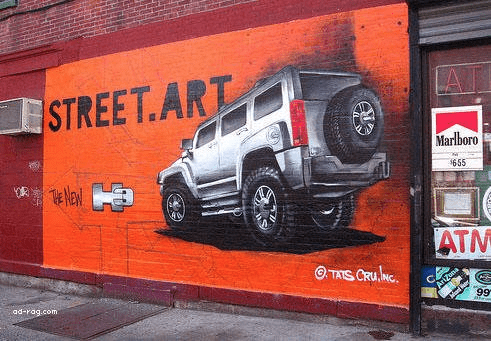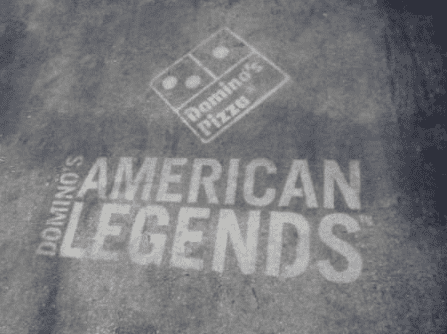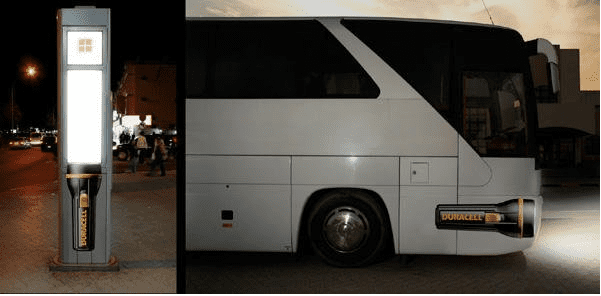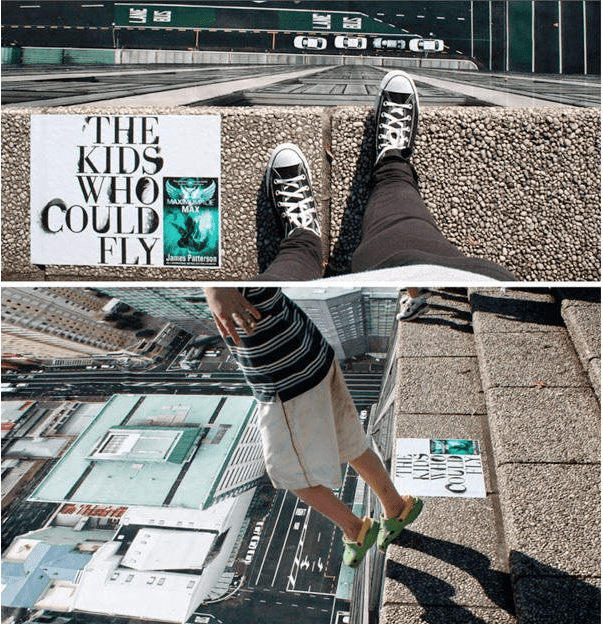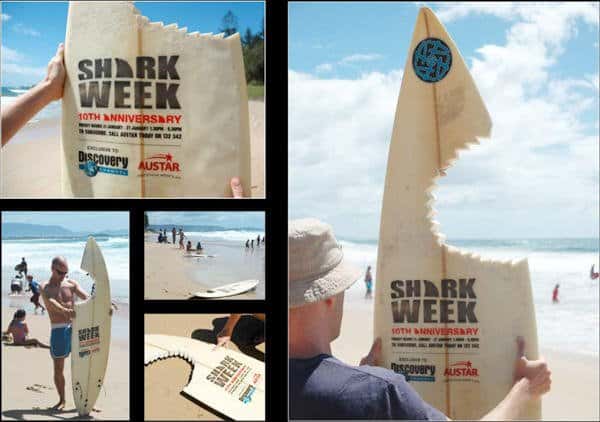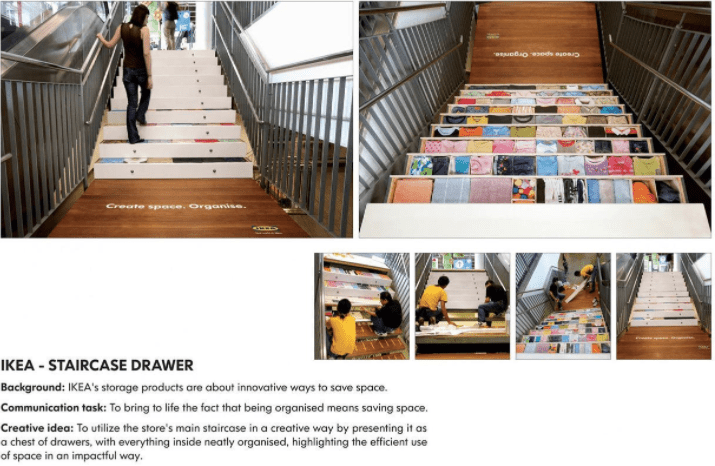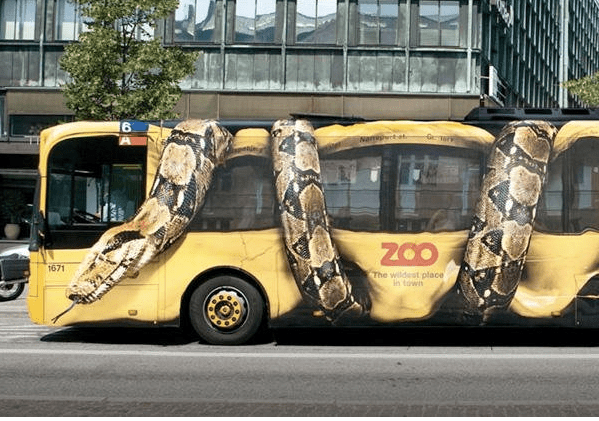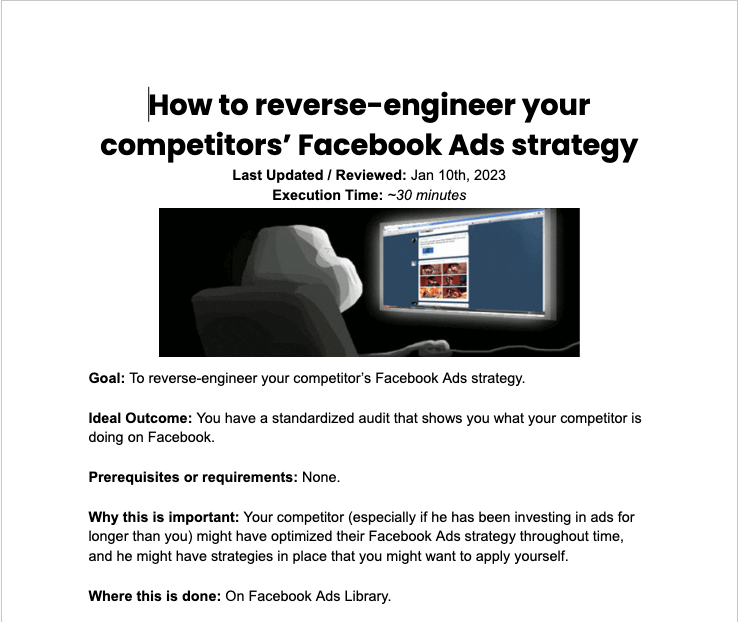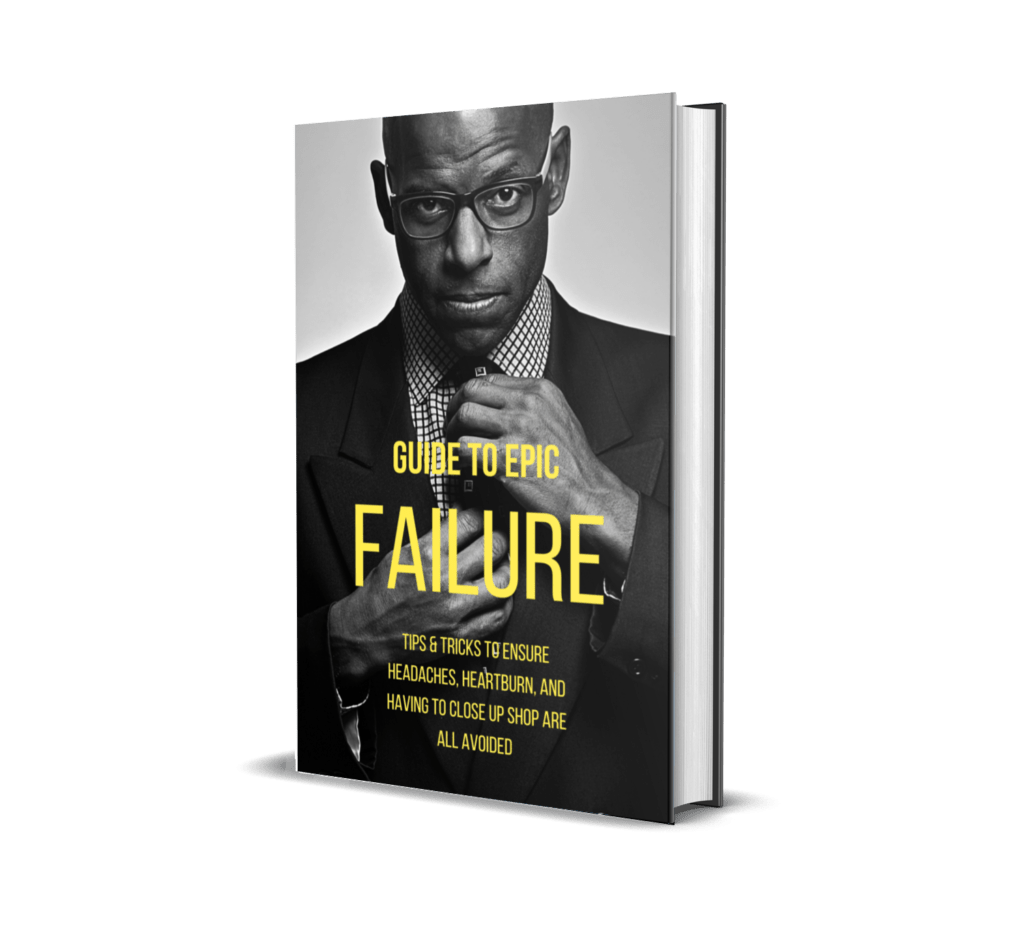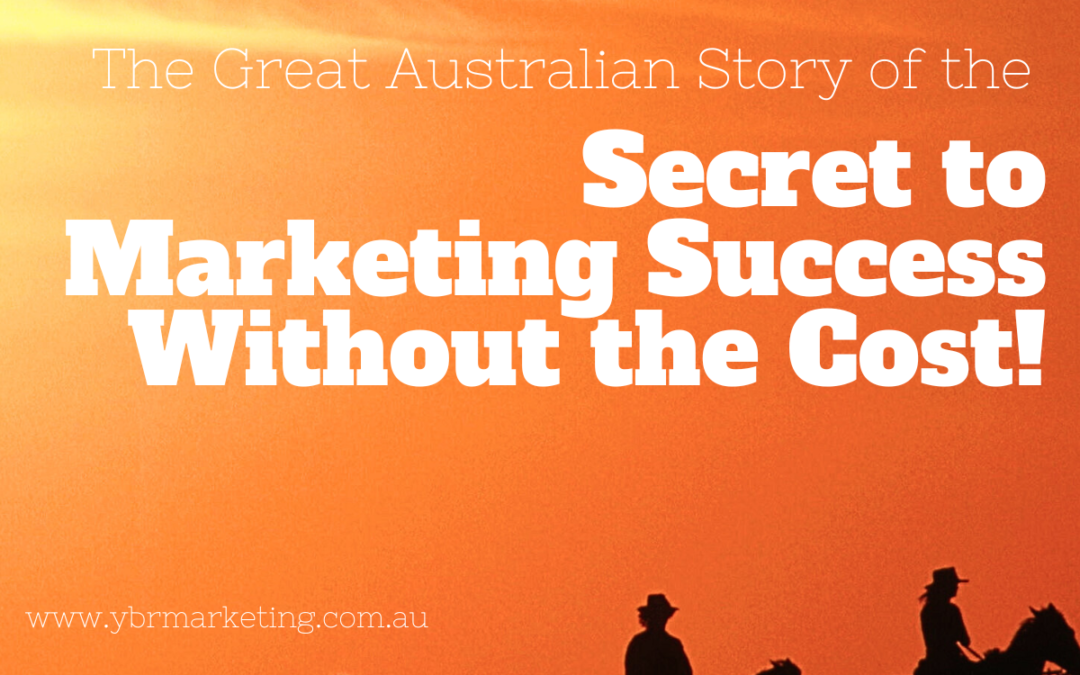
Top Free Marketing Tactics for Small Businesses | Latest Tips 2024
Clever Free Marketing Strategies for Your Small Business
In the golden-soaked sunsets of coastal Australia, Sarah peered through the front window of her quaint, beloved bookstore. The sight of passersby, heads buried in their smartphones, served as a poignant reminder of the times. Her business, once bustling with literary aficionados and curious tourists, now faced the harsh realities of an ever-evolving marketplace.
With a sigh, Sarah reflected on her journey, her passion for storytelling, and the community she’d fostered through pages and coffee aromas. It dawned on her—she needed to tell a different kind of story, one that reached beyond the confines of bookshelves and into the digital ether.
Like Sarah, small business owners across Australia are turning to ingenuity and free marketing strategies to capture the hearts and attention of potential customers. However, success stories are often buried beneath a torrent of generic advice found in countless blogs, leaving many gems of wisdom unshared.
The Road Less Traveled by Many—But Not by You
A 2021 report from Forrester Consulting found that approximately 72% of retail purchases in Australia are influenced by digital channels at some point in the customer journey. Surprisingly, this isn’t just a song of the giants but a melody played by businesses small and large alike.
Before we delve into lesser-known marketing strategies, let’s set the stage with current Australian stats that illustrate the landscape small businesses are navigating:
- The Australian Small Business and Family Enterprise Ombudsman reported that as of June 2021, there were over 2.4 million actively trading businesses in Australia, with small businesses accounting for 97.5% of all businesses.
- According to the Digital 2021: Australia report by We Are Social and Hootsuite, Australians spend an average of 6 hours and 13 minutes online every day.
- Sensis Social Media Report 2021 states that 60% of small and medium-sized enterprises (SMEs) in Australia use social media to promote their businesses.
These numbers only begin to tell the tale. Let’s embark on a journey through uncharted marketing territories that could make all the difference for your enterprise.
Embrace the Unconventional Social Platforms
While Facebook and Instagram are crowded playgrounds, other platforms such as TikTok, Pinterest, and even the emerging virtual spaces of the metaverse offer fresh grounds to captivate audiences. For instance, TikTok has seen remarkable growth, revolutionising how businesses engage with potential customers through short and captivating video content.
Storytelling on these platforms requires creativity and a pulse on current trends. However, crafting bite-sized, engaging content that touches on the local culture, humor, or traditions can resonate with Australian audiences. Start by sharing behind-the-scenes glimpses of your business, customer success stories, or how your product intertwines with everyday Australian life.
Leverage Local Community Boards and Events
Businesses often underestimate the power of local community boards—both physical and digital. In Australia, platforms like Gumtree’s community section, Nextdoor or local Facebook groups can help you tap into neighborhood chatter. With the collective push towards supporting local businesses, especially post-pandemic, these platforms offer a place for your business to become a household name within your immediate community.
Creative Collaboration: The Barter Way
Consider the art of bartering your services with other businesses. Find a local business that complements yours (like a coffee shop if you’re a bookstore, as in Sarah’s case), and propose a partnership where you promote each other. Not only will their customers learn about you, but they’ll also associate your business with other community staples they trust.
User-Generated Content (UGC) Galore
Encourage your customers to become content creators for your brand. Australian customers, renowned for their friendliness and community spirit, can become your best marketers. Create a hashtag, run a contest, and feature user-generated content on your website or social media. A stat worth noting: As per Adweek, UGC has a 4.5% higher conversion rate when used in comparison to non-UGC.
SEO: Not Just a Buzzword
SEO might seem like an overdone topic, but here’s a twist most blogs won’t tell you: hyper-localised content is king. Create content that highlights your location and its relevance to your business. For instance, if you’re a local café, articles about “The Best Coffee Experience in your Local Neighbourhoods” could boost your visibility to locals and tourists alike.
Podcasts and Local Radio: The Revival of Audio
Audio content is having a resurgence. Starting a podcast or securing a guest spot on a local Australian station could reach a dedicated audience that prefers listening over reading. Invite local personalities to speak about their craft, and naturally weave in your business narrative.
Guerilla Marketing: Make the Streets Your Canvas
Chalk art, flash mobs, pop-up events—guerilla marketing can be a powerful way to create buzz. Be mindful to keep it tasteful and within legal boundaries. But with creativity, your stunts could become the talk of the town—and of social media.
The Art of Email Marketing: Segment and Personalise
While email marketing isn’t new, many businesses don’t fully exploit its potential. Go beyond newsletters. Use customer data to segment your audience and send personalised updates, offers, and content that connects with their buying behavior and preferences. Campaign Monitor reports that marketers who use segmented campaigns note as much as a 760% increase in revenue.
Visuals with a Purpose: Infographics and Data
Humans are visual creatures, and Australians are no exception. Transform your business’s data or industry insights into captivating infographics. They can be a rich source of backlinks and shares if done right—boosting your SEO organically.
Educational Content: From Webinars to How-tos
Turn your expertise into educational opportunities. Webinars, instructional videos, and how-tos that solve specific problems can position your business as an authority. The Australian Government’s Entrepreneurs’ Programme shows the emphasis on business education and support, an area where small businesses can align and connect with their audience.
Social Proof: The Hidden Gem of Reviews
Ask your customers for reviews on Google My Business, Facebook, or other relevant platforms. Social proof is gold, especially when a prospect is undecided. About 62% of consumers in Australia check online reviews before making a purchase decision, according to a survey by BrightLocal.
Volunteering: Your Business’ Heart on Its Sleeve
Lastly, get involved in community services and events. Volunteering doesn’t just contribute to social causes but also exhibits the values of your business. It builds a profound, genuine connection with community members that often translate into customer loyalty.
Wrapping Up with a Bow of Ingenuity
Sarah’s bookstore isn’t just a place to buy books now. It has transformed into a story itself—one that unwraps in the hearts and devices of her community, who have become an active part of her marketing strategy without even realising it.
In the cosmic expanses of the internet and within the intimate circles of local communities, free marketing strategies for small businesses are limitless—if approached with creativity and a willingness to tread the path less beaten. Australia’s sprightly energy and vivid landscapes are the perfect backdrops for your business’s story to unfold in ways that are uniquely yours.
So, as Sarah contemplates her next innovative marketing move, one that is as free as the seaside breeze, small businesses across Australia, including yours, now stand equipped with strategies and statistics ready to embrace the future, one free, clever, and incredibly effective marketing campaign at a time.
In the vibrant ecosystem of small businesses, just a dash of ingenuity and a commitment to community can transform your marketing efforts from expensive necessities to free and even rewarding adventures. As you embark on this journey, remember to tread your own path, tell your unique story, and let the heart of your business shine.
At YBR Marketing, we’re passionate about helping you navigate this wild and wonderful world of marketing. Don’t hesitate to reach out if you need a companion for your journey. Feel free to drop us a line or set up a chat—we love brainstorming innovative ideas and turning them into your next marketing triumph.
To your success,
Red
YBR Marketing
Drop us a Line 📞 🗝 1300 902 588
Follow Us on Social ⏬⏬
